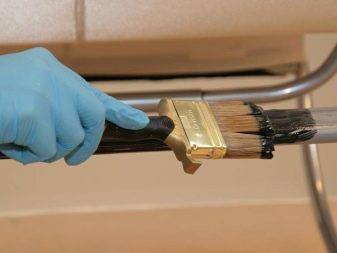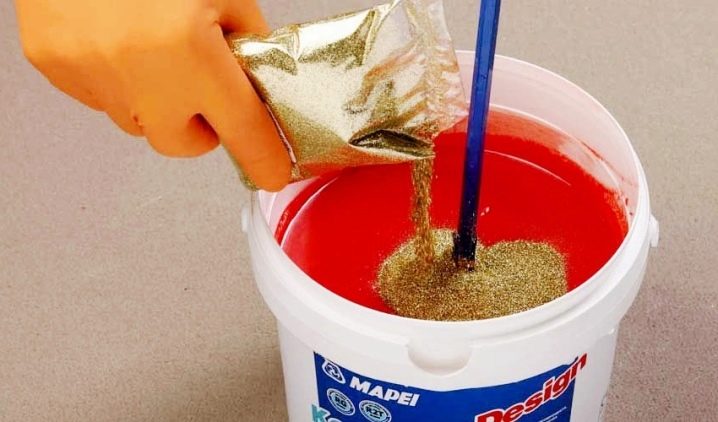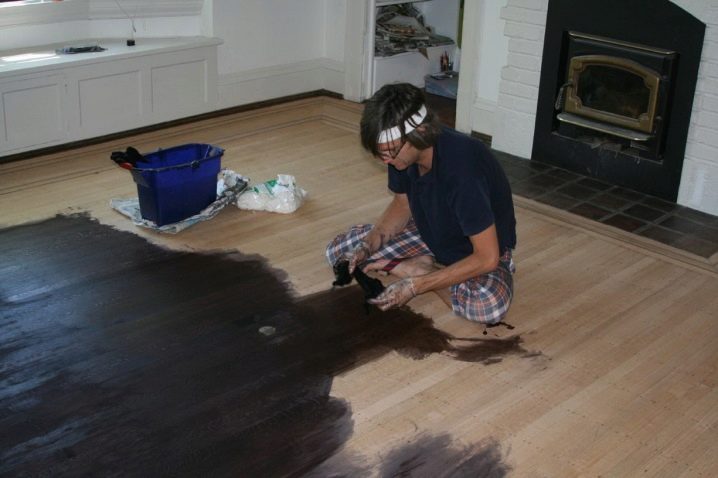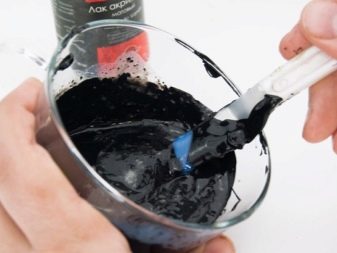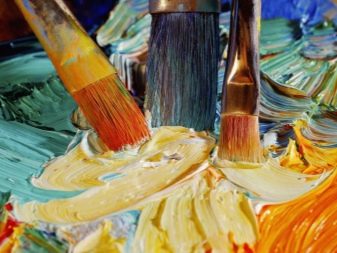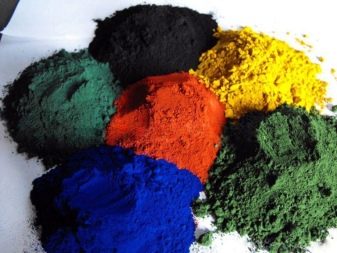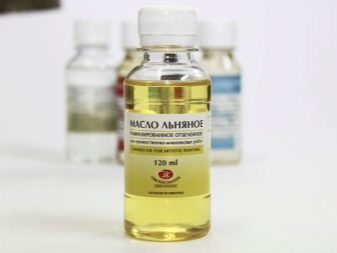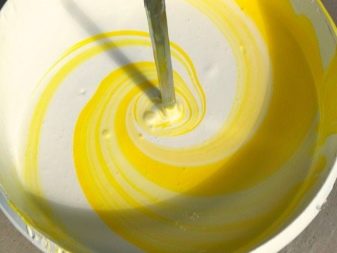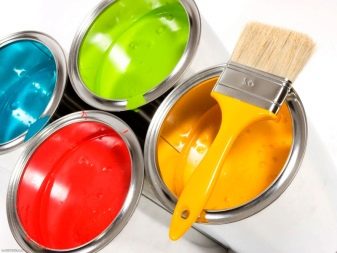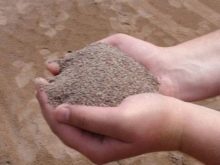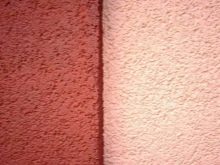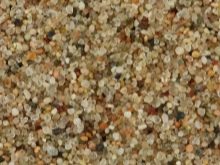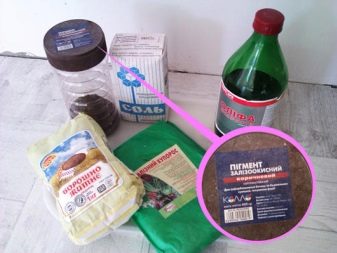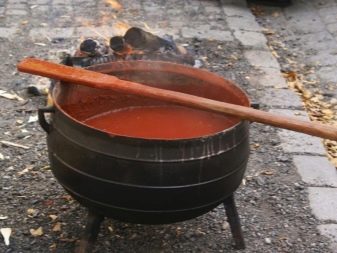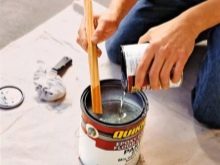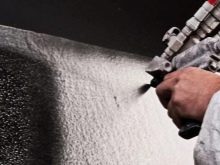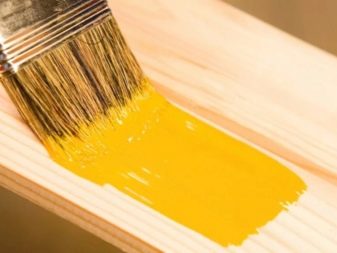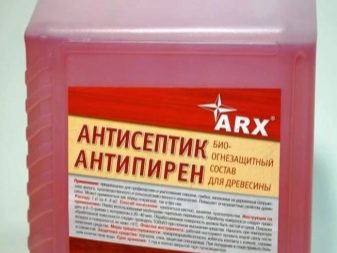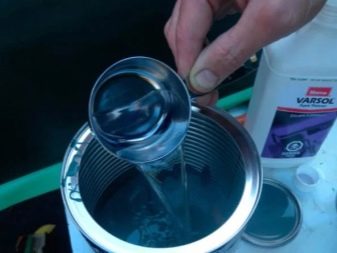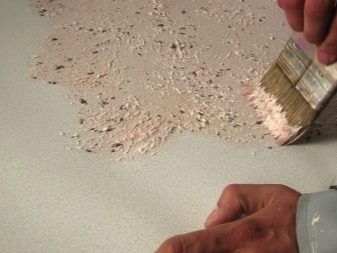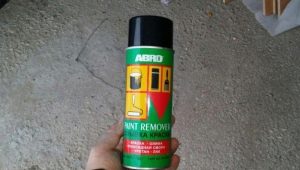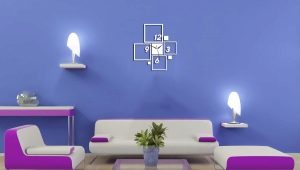Paint production: details of the process

Painting different surfaces not only can give them an updated look, but also often helps protect the product from rust or even minor mechanical damage. The use of paint for home repair is inevitable, but there are certain obstacles for acquiring the right composition: the consumer may be deterred by the high price of the product, or else it will not be available at all in the conditions of the provincial backwoods.
In such situations, a possible solution to the problem will be the independent production of the dye.
Special features
Regardless of the type, paint is perceived by most people as a purchased item, but it is not that difficult to prepare it with your own hands at home.As a rule, such a mixture contains only 2-3 basic ingredients that must be included, which can be easily purchased on the market.
Expensive paints and varnishes of the best brands can show much higher qualities due to the interspersing of various additives, however, for the unpretentious use of home paint, too, will fit.
Preparing paints with your own hands can significantly save on the purchase of expensive paints and make the product of exactly the type and color that is needed.
It is possible that such material will be somewhat inferior to expensive industrial counterparts, for example, in terms of durability or ability to withstand negative external influences, but for a conditional minor repair in the garage this option is ideal.
Manufacturing methods
For self-made paint at home, there are many recipes - it all depends on the type of paint material that is planned to be prepared. It should be noted that it is better to buy too complex varieties of paint (like facade or heat-saving), because they contain a huge amount of additives.Everything else you can and should try to do yourself.
Slate
Slate paint paints any surface in such a way that imitation of a chalk board is obtained. Practical applications of such a finishing material can be quite a lot, but first of all the eyes should light up in children - it is very convenient to write with chalk on the painted surface!
The composition is absolutely non-toxic, even in the factory version, because its use in the nursery is quite appropriate. The home version differs from the one sold only in that the surface is scratched faster.
The easiest way involves the banal addition of two tablespoons of cement in a glass of any acrylic paint.
There is also a more complicated recipe: three parts of acrylic paint are added one by one with a matt varnish based on the same acrylic, cement (or putty, or grout) and water. In both cases, the mixture is thoroughly mixed. Kolerovku creator chooses at their own discretion.
For turning a wall or furniture into a full-fledged slate it is possible to mix a small amount of magnetic crumb to the cement - then the resulting substance can attract to itselfmetal objects. It is easy to calculate the amount of such a crumb: the larger it is, the higher the magnetic properties of the dye.
Oily
The paints used by artists for oil painting are very similar in composition to their construction counterparts, and art people traditionally prepared the materials for creative work independently.
The most difficult to get pigments, that is dyes. It’s impossible to cook them yourself, so it remains only to buy in a store or order on the Internet. The manufacturing process can be toxic, so you should take care of personal protective equipment in advance.: respirator and gloves.
The procedure should be carried out only in a well-ventilated area.
Separately it should be said that the finished composition can react with the metal, so metal utensils are not suitable for such operations.
Then everything is simple: the pigments are thoroughly mixed with linseed, walnut, poppy or hemp oil. Exact proportions do not exist, but the task of the manufacturer is to completely wet the pigments and bring them to a state of uniform slurry with a minimum of used oil, otherwise the paint will quickly turn yellow in a dried form. For kneading using a glass rod or a special artistic tool - palette knife.
You can also add a little wax (provides dullness), resins (adds shine) or turpentine (helps to liquefy the mixture).
Acrylic
It is easy to make acrylic paint on words, but its composition includes many ingredients that are unlikely to be found in the house of an ordinary person. As in the case of oil paint, you have to independently find and select ready-made pigments, which are mixed with water to obtain a color paste. After that, the resulting liquid dye is combined with an acrylic dispersion, which will also have to be specially purchased. Regulation of the density of the composition is carried out by adding the right amount of water.
Since you cannot do without going to the store for complex ingredients, you can explore the possibility of using other additives. Special antifreezes will help the paintwork material to withstand low temperatures better; flame retardants will make the composition resistant to high temperatures and fire.
Textured
For stylish modern repairs characteristic is the use of textures that are significantly different from smooth and smooth surfaces.For the walls are often used special textured paint, which is a cheaper substitute for expensive repairs using natural stone, sand, and so on.
A variety of finished products will not be able to repeat at home, but the most simple varieties can be made by yourself.
The basis for such experiments will be acrylic paint of any type. To give a characteristic rough texture, you need a filler, which can be made even from ordinary putty.
To get something more intricate, you can go to the hardware store for granite crystals or building sand, which will give the paint an appropriate texture.
Experts pay special attention to the fact that the use of ordinary river or sea sand instead of clean construction options is not welcome because of the heterogeneity and size of the fraction, and this does not contribute to good adhesion.
Other options
Recipes for paints of various types are quite numerous and depend strongly on the type of surface being painted and the properties required. In particular, a huge the so-called Finnish paint gained popularity for exterior work. It is heat resistant and designed primarily for wood, but also suitable for concrete and various types of roofing.
A large bucket of such paint requires: 8 liters of hot water, 1 kg of rye flour, 1 kg of iron sulphate, 120 g of kitchen salt, 0.8 l of drying oil and 4 kg of ocher. The same recipe can be found everywhere on the Internet, although in each case the proportions may differ slightly. For coloring roofs usually use a Finnish recipe with a doubled varnish content.
For home use, they often make decorative paints, for example, stained glass or for painting on glass. The basis in most cases is the same acrylic paint, and it remains only to understand what to add to the composition acquired the desired properties. Thus, marker paint is obtained by adding polyurethane and epoxy resin to the acrylic dispersion, which provides it with smoothness and elasticity combined with water-repellent properties.
Any paint becomes refractory by adding the right kind of flame retardant, and the color "metallic" can be complemented by a characteristic texture through the addition of metal chips.
Rubber and powder paint, widely used in the automotive industry, - perhaps the only paint materials that are usually not made at home because of the complexity of the process and the inability to get all the necessary ingredients of proper quality.
Useful recommendations
For those who are just experimenting with the creation of self-made paints, some more proven tips will become useful:
- When mixing colors on wood (in particular, for furniture), the use of flame retardant in the recipe is mandatory, because only this component ensures that the surface does not contribute to the spread of fire.
- If an old service is required from the painted surface, it’s stupid to rely on water-based paints. The widespread use of acrylic dispersion as a basis is caused precisely by the fact that such a base is very durable, so it is worth overpaying for it.
- Any thinner should be used wisely, since the paint should remain fairly thick.In the case of water-based paints, water becomes a real drying inhibitor and contributes to the formation of stains on the painted surface. In the case of an acrylic base, the added solvent can play such a negative role, although in some cases its use is justified by final goals.
- Texture paint will be cheaper and more natural looking if a similar substance is used as a filler. Structural black or pearl mixture is usually made using the same color of sand.
To learn how to make Swedish paint yourself, see below.

